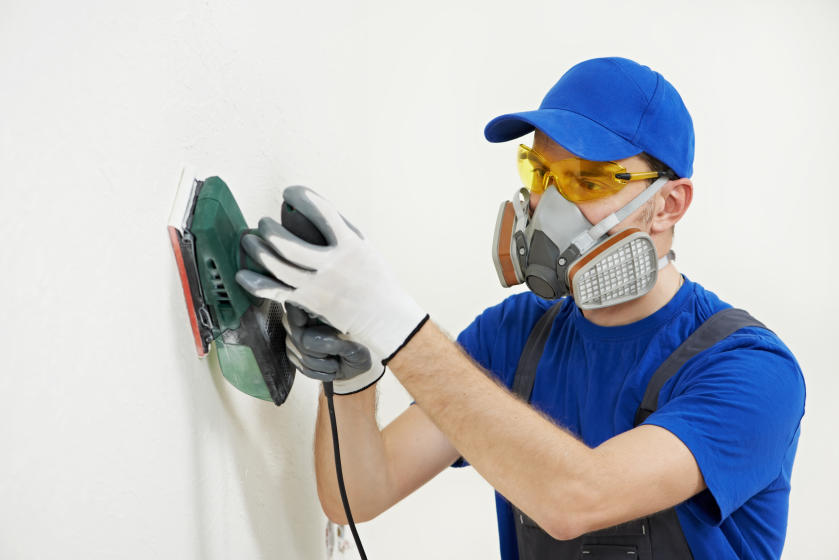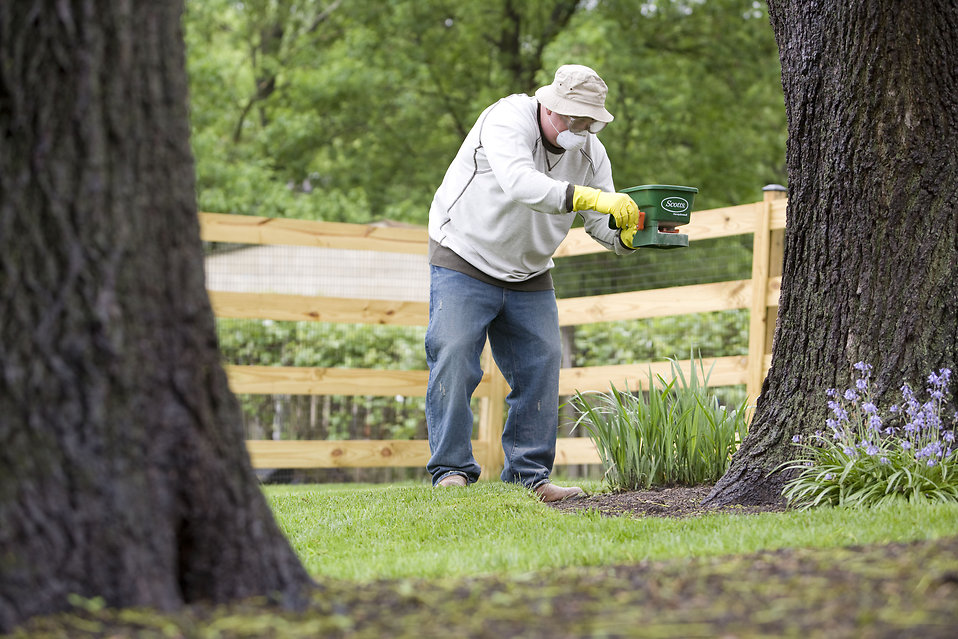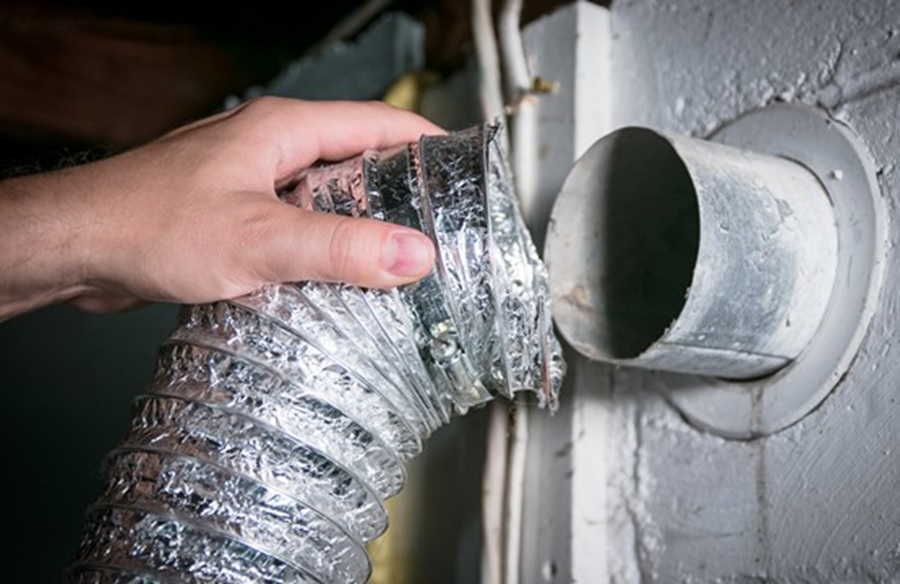
Painting can be a rewarding and creative activity, but it’s important to prioritize safety while working on any painting project. Whether you’re a professional painter or a DIY enthusiast, taking precautions can prevent accidents and ensure a safe and healthy painting experience. In this article, we will discuss important safety measures that every painter should know. From using personal protective equipment to practicing proper ventilation and ladder safety, let’s explore the key precautions to keep in mind.
Personal Protective Equipment (PPE)
One of the first steps in ensuring painting safety is to use the appropriate personal protective equipment. Here are some essential PPE items every painter melbourne should have:
- Safety goggles: Protect your eyes from paint splatters, fumes, and debris by wearing safety goggles. They provide a barrier between your eyes and potential hazards.
- Respirator mask: When working with paints, primers, or solvents, it’s crucial to protect your lungs from harmful fumes. Wear a respirator mask to filter out airborne particles and maintain good respiratory health.
- Gloves: Choose gloves that are resistant to chemicals and solvents. They will protect your hands from paint splatters, skin irritations, and potential allergic reactions.
- Protective clothing: Wear long-sleeved shirts, long pants, and coveralls to shield your skin from paint spills, splatters, and accidental contact with hazardous substances.
Ventilation: Fresh Air is Key
Proper ventilation is essential to maintain a healthy environment while painting. Here’s how you can ensure adequate ventilation:
- Open windows and doors: If possible, work in a well-ventilated area. Open windows and doors to allow fresh air to circulate and carry away paint fumes.
- Use fans or exhaust systems: In enclosed spaces, use fans or exhaust systems to remove fumes and ensure continuous airflow. Position the fans in a way that directs the fumes outside.
- Portable air purifiers: Consider using portable air purifiers with activated carbon or HEPA filters. These devices can help capture and filter out paint particles and fumes from the air.
Ladder Safety: Reaching New Heights
Working on elevated surfaces, such as ceilings or high walls, requires proper ladder safety. Follow these precautions to prevent falls and injuries:
- Choose the right ladder: Select a ladder that is appropriate for the height and task at hand. Ensure it is in good condition, with no broken parts or defects.
- Set up on a stable surface: Place the ladder on a flat, level surface. Avoid using ladders on unstable or uneven ground.
- Maintain three points of contact: When climbing up or down the ladder, always have three points of contact. This means two feet and one hand or two hands and one foot should be in contact with the ladder at all times.
- Don’t overreach: Keep your center of gravity within the ladder’s sides. Overreaching can cause the ladder to become unbalanced and lead to falls.
Handling and Storing Paint: Safety First
Proper handling and storage of paint contribute to a safe painting environment. Consider the following tips:
- Read the labels: Before using any paint product, carefully read and follow the instructions and safety precautions provided on the labels.
- Use appropriate containers: Transfer paint to smaller, manageable containers for easier handling. Ensure the containers are sealed tightly when not in use to prevent spills and leaks.
- Dispose of paint properly: Follow local regulations for the disposal of paint and paint-related materials. Avoid pouring paint down drains or disposing of it in regular trash bins.
- Store paint safely: Store paint containers in a cool, dry place away from direct sunlight and sources of heat. Keep them out of reach of children and pets.
Conclusion
Painting can be a fun and rewarding activity, but it’s crucial to prioritize safety. By following the important precautions discussed in this article, you can ensure a safe and healthy painting experience. Remember to wear personal protective equipment, maintain proper ventilation, practice ladder safety, and handle and store paint responsibly. By taking these precautions, you can enjoy the process of painting while keeping yourself protected. Happy painting!
6 Reasons Why You Should Live In The Bay Area
April 10, 2024The Impact of Your Groceries
March 29, 2024Elevate Your Space In Your Forever Home
March 28, 2024
Comments are closed.
-
4 Biggest Reasons Peoples Houses Don’t Sell
October 22, 2021 -
Ways You May Be Harming Your Trees
August 13, 2021
Latest Posts
-
6 Reasons Why You Should Live In The Bay Area
April 10, 2024 -
The Impact of Your Groceries
March 29, 2024 -
Elevate Your Space In Your Forever Home
March 28, 2024 -
The Cost Of Clutter: How Junk Impacts Your Finances
March 28, 2024
Recent Posts
- 6 Reasons Why You Should Live In The Bay Area April 10, 2024
- Experience the Benefits of Residential Water Softener Installation April 2, 2024
- The Impact of Your Groceries March 29, 2024
- Elevate Your Space In Your Forever Home March 28, 2024
- The Cost Of Clutter: How Junk Impacts Your Finances March 28, 2024












